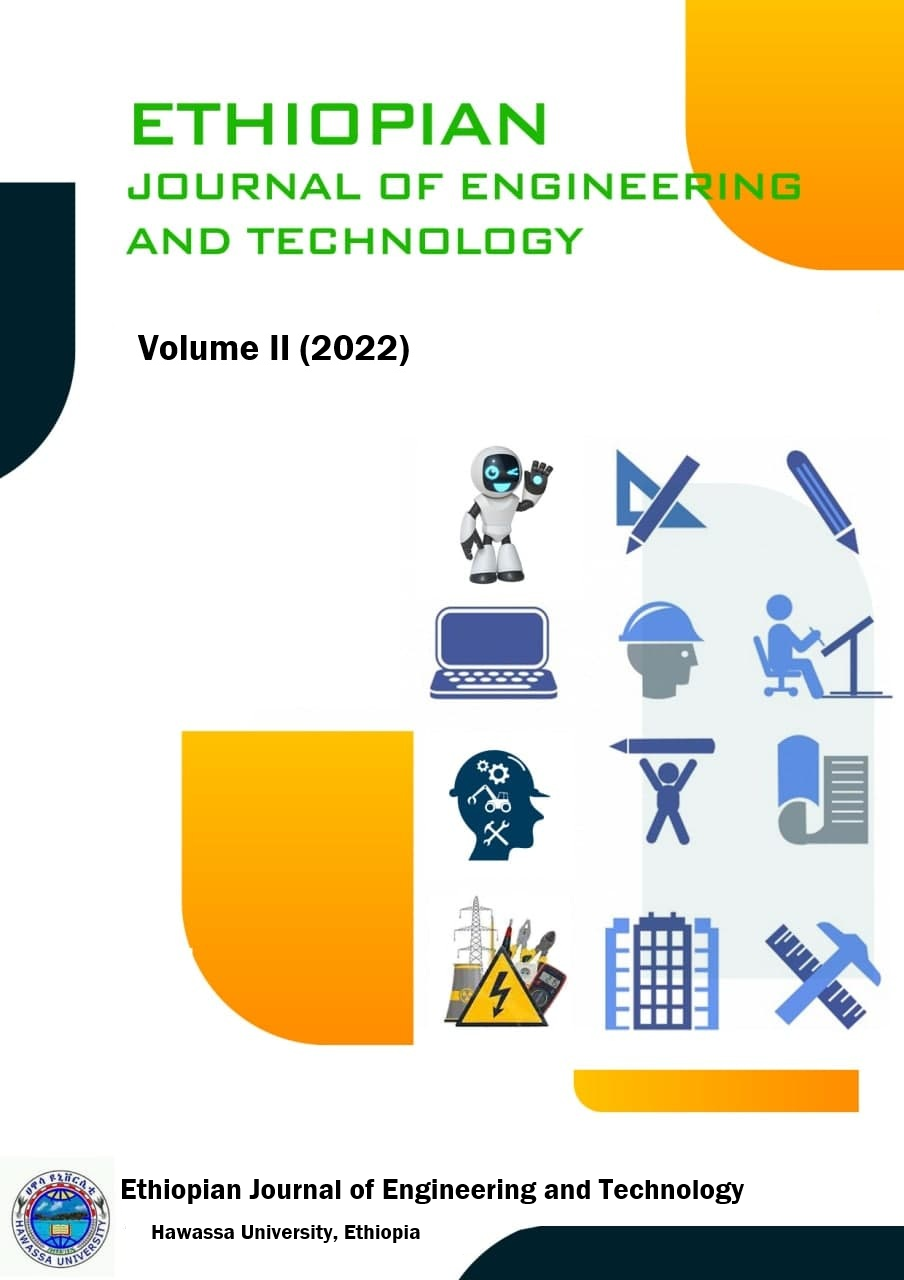Sewing Line Efficiency Improvement Using Line Balancing Methods for Case of JP Garment
Textile and Garment
DOI:
https://doi.org/10.82127/zj8y5096Abstract
Abstract: Line balancing in the garment industry is one of the responsibilities of industrial engineers to improve the efficiency of sewing lines by leveling the output of every operation. In JP Garment Plc, the line efficiency of the long shirt sewing line is below the planned. One of the reasons was unbalanced workload distribution. This study focused on balancing the sewing line through different line-balancing techniques. To perform line balancing analysis primarily the researcher collects the operation breakdown and standard time of shirt production in JP garment. Next, a flow process chart and a precedence diagram were developed. The cycle time, which depends on the available time and the production target, is one of the key parameters in line balancing analysis and this time found as 33 seconds. Based on this cycle time, ranked positional weight and the largest candidate rule method of line balancing were used to improve the efficiency of the sewing line. The existing system has forty-one workstations with an efficiency of 67.6 %. By applying the ranked positional method, the number of workstations becomes thirty-four with 85.9% line efficiency and production enhanced to 902 shirts. Alternatively, the largest candidate rule method was applied and resulted in thirty-one workstations with an efficiency of 94.2%. Lastly, Kilbridge and Wester’s method was applied and resulted in 97.35% efficiency and the number of workstations became thirty.

